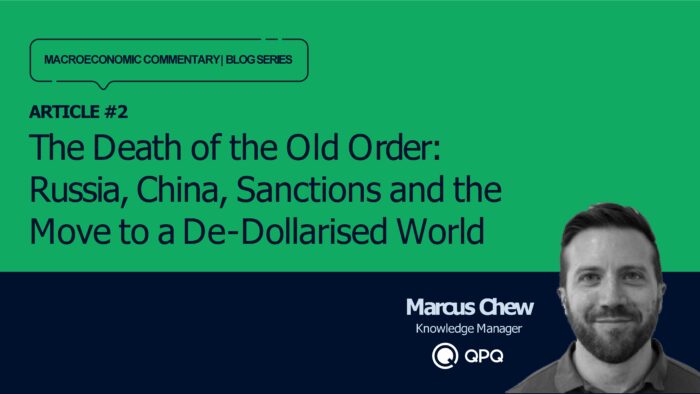
As two men who know what it is to be the face of a powerful nation and rule with unbridled authority domestically while facing constant censure and mistrust from abroad, Putin and Xi found that they had quite a lot in common. In the past decade they have met nearly forty times, celebrated birthdays together, and even refer to each other as “best friends.” Their patient and forward-thinking approach to developing economic bonds has led to gradual and sustained growth in trust and all forms of trade between the two countries.
Significantly, they reached an agreement in 2019 to settle their shared transactions in their respective currencies rather than in dollars, and last month signed a 30-year deal allowing Russia to supply gas to China though the Power of Siberia 2 pipeline. It will take a further three years, however, for the necessary infrastructure to be completed, and even then it will still only have a fifth of the capacity of Europe’s Nord Stream 2 pipeline. That volume is likely to increase, though, if the EU follow through on their promise to wean themselves off Russian gas and oil.
Overall, China accounted for 18% of Russia’s trade in 2021, totalling $147 billion. During Putin’s visit to Beijing in February, a deal was put in place to increase that figure to $250 billion by 2024 as part of the Russian leader’s tactical “pivot to the East”, a move arguably driven more by increasingly hostile relations with the West than a desire to tie his country to China and be forced to accept the role of junior partner. This deal is also significant due to a substantial increase in military sales from previous agreements which focused more on gas and oil.
China has relied heavily on Russian military hardware to modernise its armed forces since the imposition of US and European arms embargoes in response to the 1989 crackdown on democratic protestors in Tiananmen Square. Between 2017 and 2021, about 80% of China’s total arms imports were from Russia, making them the Federation’s second biggest customer. It is perhaps not surprising, then, that they expect China to return the favour in their own time of need, with drones in particular identified as a priority for their war in Ukraine.
China has also just lifted all restrictions on the import of wheat from Russia, despite previous concerns about disease, in order to provide a little breathing space for their allies’ embattled economy in a way that would not attract the ire of the West.
Putin and Xi’s partnership, therefore, has been years in the making and is mutually beneficial. Clearly it won’t be easily abandoned, but it is important to remember that China also has deep financial connections to the West and America’s allies in Asia. Far deeper than those with Russia. Combined, they made up 50% of the country’s $3.3 trillion in exports last year, compared to the paltry 2% contributed by the Russians. In fact, as much as 75% of China’s economy depends on the West, with technology an area in which they are particularly reliant.
That being said, continuous political tensions, heightened to new levels by the rise and spread of Covid, and recent US limits on capital flows to China on national security grounds, means a process of decoupling between the two economies has already begun, but it is still a long way from being complete. Cheap Chinese goods means that supply chains will keep rolling into the United States for the foreseeable future and, despite their nationalistic rhetoric, China also has a tangible commitment to the dollar. It has been selling sovereign bonds denominated in them for five years running, creating an offshore dollar bond market with the purpose of making it easier for Chinese companies to borrow in greenbacks.
This dependency means that China has, at least publicly, taken a highly cautious approach to discussing Russian involvement in Ukraine. Soon after the war began, they declined to support a UN resolution condemning the invasion, choosing to abstain instead. At the same time, foreign minister Wang Yi made it clear that China supports the territorial integrity of Ukraine, before adding the caveat that “the security of one country should not be achieved at the expense of another’s, or by expanding military blocs.” A clear nod to Russia’s grievances with NATO.
So, China’s current public position could best be described as pro-Russia neutrality, but the fear is that in the background they are making preparations to back their ally both economically and militarily. US President Joe Biden certainly suspects as much, even going so far as to request a call with Xi towards the end of March in which he warned his opposite number of “the implications and consequences” China would face if it were to provide material support for the Russian war effort.
The issue for Xi, though, is that with Russia struggling in Ukraine, can he afford to sit back and do nothing? After all, defeat for Putin would leave him exposed, too. He has very publicly endorsed his Russian counterpart, and with an unprecedented third term in power up for grabs later this year, he cannot be seen to have backed a loser. It is therefore very much in his interests to try and help his cornered friend, but he would prefer to do so in a way that flies under the radar. That is where cryptocurrencies could come into play, a field in which China are a world leader.
